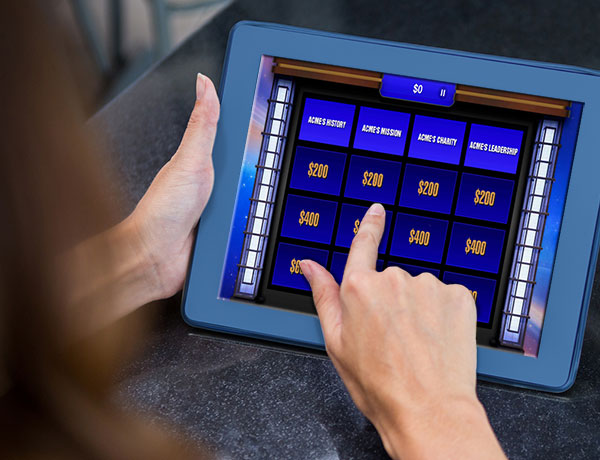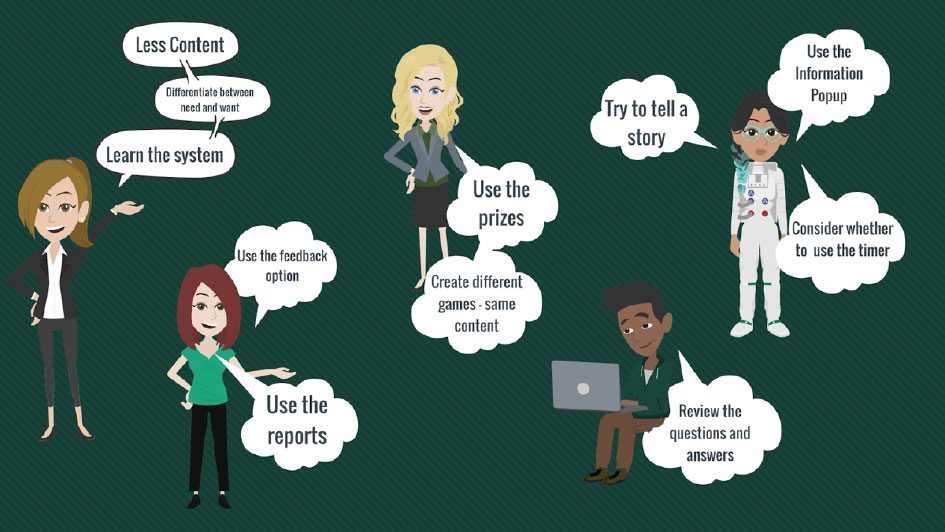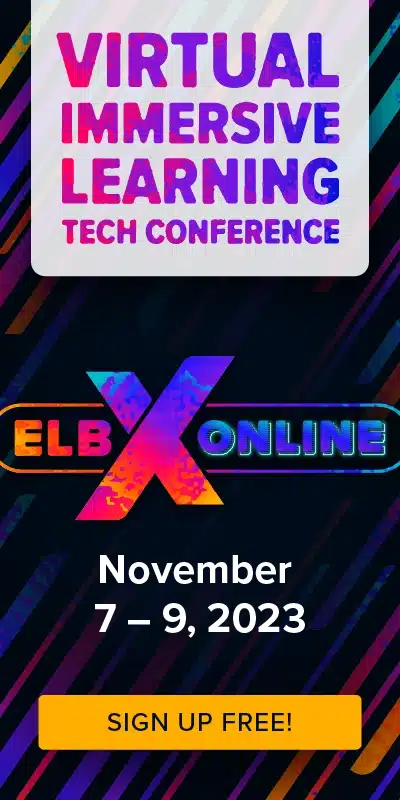MSU Case Study
Challenge Michigan State University
Michigan State University (MSU) Advancement needed to train and onboard their University Advancement team members on new business policies and procedures in addition to the implementation of a new Customer Management System (CRM). They wanted to update their traditional, instructor-led learning environment and create an engaging training program with game-based learning and gamification elements. Due to COVID, they had to transition to both asynchronous and synchronous learning. The training not only needed to be active and immersive, but also had to be done virtually.

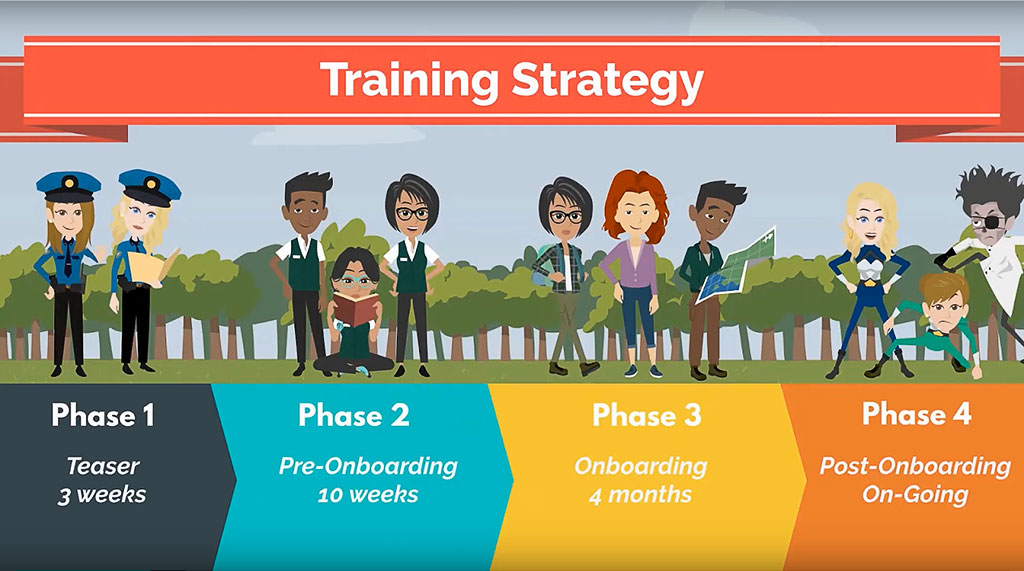
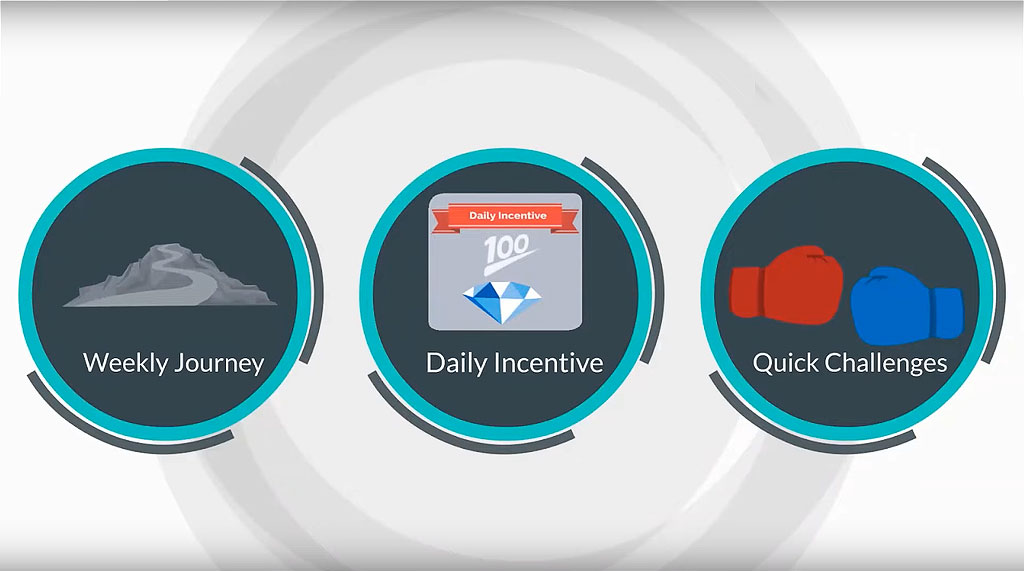
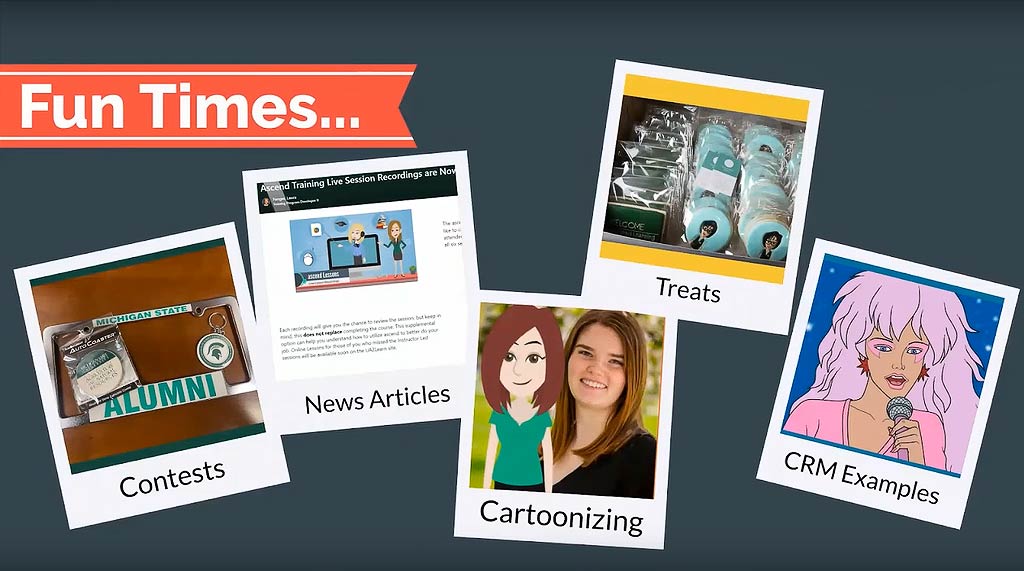
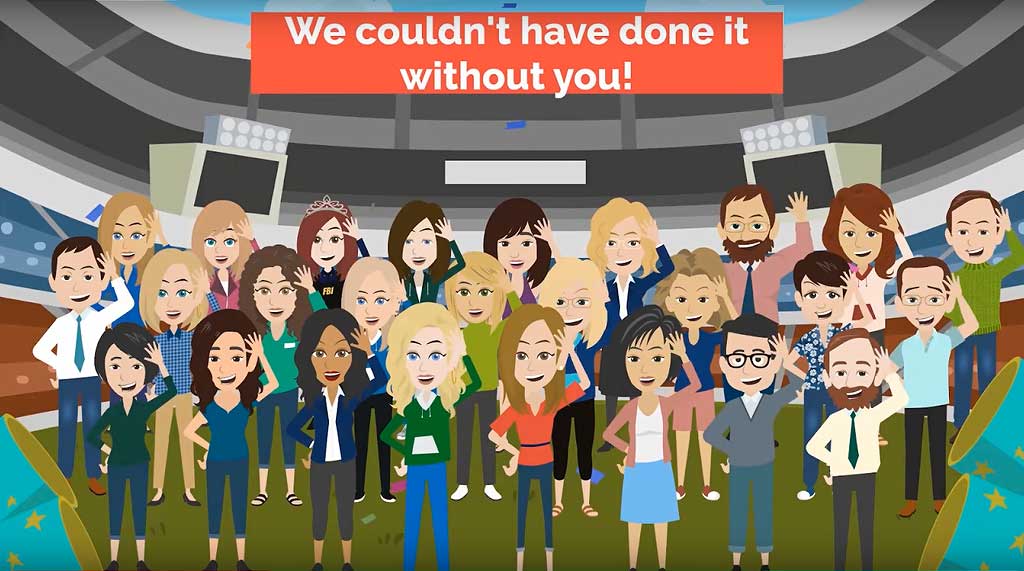
Animated characters help build a compelling narrative using Vyond’s animation software, these characters act as tour guides in the onboarding experience.




MSU Case Study
Solution
- The Training Arcade learning journey with games,
- The Training Arcade learning journey without games, or
- Learning Management System (LMS) with quizzes.
MSU Case Study
Measuring new engagement More than 70% of the learners completed at least one journey with games multiple times.
User Preferences
The learners definitely preferred the gamified learning experience: according to Business Analyst, Jessica VanElls, more than 70% of the learners completed at least one journey with games multiple times. Two users went through some of the journeys with games more than 20 times each! In comparison, nobody completed the journeys in the LMS more than once. The presence of the leaderboard in the gamified environment motivated both the users who used the journey with games and without games; they were definitely very competitive about experience points (XP). University Advancement also found that the engagement in The Training Arcade game journeys with games was double that of the LMS experience, with the LMS journeys accounting for less than 20% of all user utilization after the first week.
Engagement with The Training Arcade® was double traditional LMS experience
Gamified Training
Journey Usage
Engagement Doubled
200%
LMS Journeys
20%
Engagement
MSU Case Study

Customizable learning tools 119 documents, 166 videos, 170 training games, 24 daily missions, and 30 learning journeys made up this gamified learning experience
Training Services built a gamified learning environment in Arcades. Their custom Arcade included learning journeys with multiple stops that needed to be completed before progressing to the next stop. Daily missions with just 1-2 activities encouraged their learners to log in often, play some games and gain extra Experience Points (XP) and climb the leaderboard.
Training Specialist, Laura Fenger, and Learning Designer, Adeline Wharton, created 119 documents, 166 videos, 170 training games, 24 daily missions, and 30 learning journeys for this gamified learning experience. They used The Training Arcade game-builder to build the 170 games with their training content. The games were then uploaded to their custom Arcade.
The game types they used were JEOPARDY!®, Wheel of Fortune®, Trivia, Sort-It, and Scenarios, a branching path game. The games included content on the new business terminology and the CRM’s basic navigation. They ensured that each game also included videos and images to help the learners with the questions.
Sort-It was useful when learners needed to differentiate between business concepts and terms within the CRM because the game requires both analysis and synthesis.
Scenarios game came into play during the phase when the learners were able to access the CRM test environment and Laura was able to create a game experience that gave the learners real-world experience. Scenarios is also great for teaching and reviewing. For instance, if a learner selected the wrong answer, they could be put on a path to review the material again and loop them back to the original question to give them another shot at it.
Trivia is such a quick easy game to build, Laura could use it for last minute games on specific topics. She used trivia to test learners on facts while giving the learners an opportunity to dive deeper into the content. She could also remove the time feature in Trivia to encourage learners to go back to the CRM to search for the answer to the question.
Sort-It was useful when learners needed to differentiate between business concepts and terms within the CRM because the game requires both analysis and synthesis.
Scenarios game came into play during the phase when the learners were able to access the CRM test environment and Laura was able to create a game experience that gave the learners real-world experience. Scenarios is also great for teaching and reviewing. For instance, if a learner selected the wrong answer, they could be put on a path to review the material again and loop them back to the original question to give them another shot at it.
Trivia is such a quick easy game to build, Laura could use it for last minute games on specific topics. She used trivia to test learners on facts while giving the learners an opportunity to dive deeper into the content. She could also remove the time feature in Trivia to encourage learners to go back to the CRM to search for the answer to the question.
Sort-It
Analysize and Synthesize
Scenarios
Trivia
Sort-It was useful when learners needed to differentiate between business concepts and terms within the CRM because the game requires both analysis and synthesis.
Scenarios game came into play during the phase when the learners were able to access the CRM test environment and Laura was able to create a game experience that gave the learners real-world experience. Scenarios is also great for teaching and reviewing. For instance, if a learner selected the wrong answer, they could be put on a path to review the material again and loop them back to the original question to give them another shot at it.
Trivia is such a quick easy game to build, Laura could use it for last minute games on specific topics. She used trivia to test learners on facts while giving the learners an opportunity to dive deeper into the content. She could also remove the time feature in Trivia to encourage learners to go back to the CRM to search for the answer to the question.
The game types they used were JEOPARDY!®, Wheel of Fortune®, Trivia, Sort-It, and Scenarios, a branching path game. The games included content on the new business terminology and the CRM’s basic navigation. They ensured that each game also included videos and images to help the learners with the questions.
Sort-It was useful when learners needed to differentiate between business concepts and terms within the CRM because the game requires both analysis and synthesis.
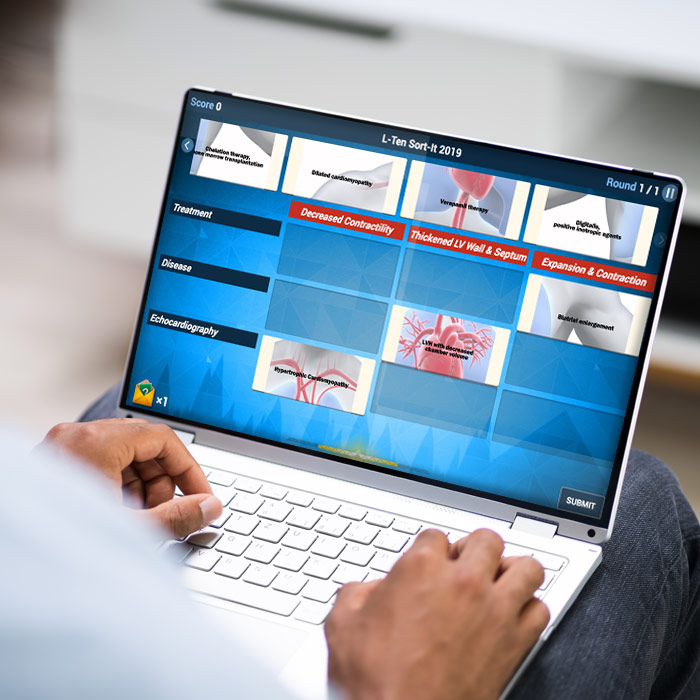

Trivia is such a quick easy game to build, Laura could use it for last minute games on specific topics. She used trivia to test learners on facts while giving the learners an opportunity to dive deeper into the content. She could also remove the time feature in Trivia to encourage learners to go back to the CRM to search for the answer to the question.

MSU Case Study
Learning Journey Feature Take learners through 2-8 checkpoints with multiple activities
Bonus Functionalities
Learning journeys, a very popular feature in Arcades, take the learners through 2-8 checkpoints with multiple activities. Learners have to complete the activities in order to move up to the next stop. An example of a checkpoint is reading a document, watching a video, and then playing a game. They ensured they had games to assess what was being retained in their journeys. The journey feature was great to help guide the learner through the content. Training Services used the timing feature in Arcades to set new games to be live at a designated time and take down old games. Daily missions were created on an as-needed basis.
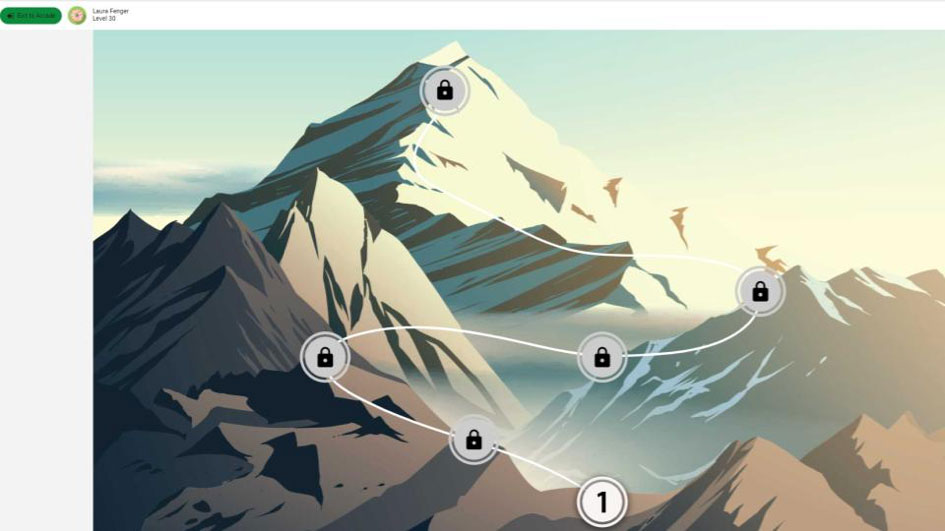
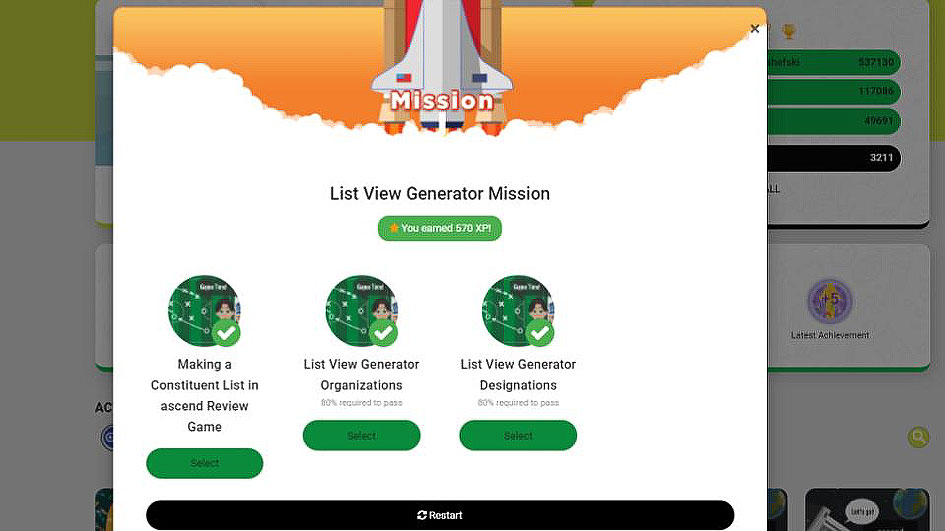
MSU Case Study
Guiding the Learner Gamification with a purpose
The Training Arcade games allowed Training Services to guide the learner through an independent learning process. The game structure can be set up to start by asking easier questions and progressing to harder ones. Training Services also liked breaking the training content into sections based on the questions. This allows the learner to navigate the content in the best way to make connections between the pieces of information. Adeline and Laura ensured that their characters were intertwined throughout to present an entertaining narrative. They could further the storyline within the games using information cards. Ultimately games made the training more entertaining and fun and encouraged learners to go back and play the games again multiple times to increase their scores. Laura said, “This action of repeat play simply does not happen with traditional learning!”

MSU Case Study
Feedback
Game-based learning helped Training Services at Michigan State University Advancement with the asynchronous challenge and motivated and engaged employees. Laura built games that provided real-life scenarios and offered immediate feedback. The content needed to be realistic but with entertaining elements. Adeline felt that it was necessary during the initial analysis to work with subject matter experts and IT to ensure the content was realistic but with entertaining elements.
Working from home was a huge challenge for their department and it was important to make the training fun. They saw that the game-based training helped their staff learn the new content and apply what they learned in a safe “practice sandbox.” The data and analytics from the games also helped them find knowledge gaps in the learning that allowed them to pivot the training to make it more effective.
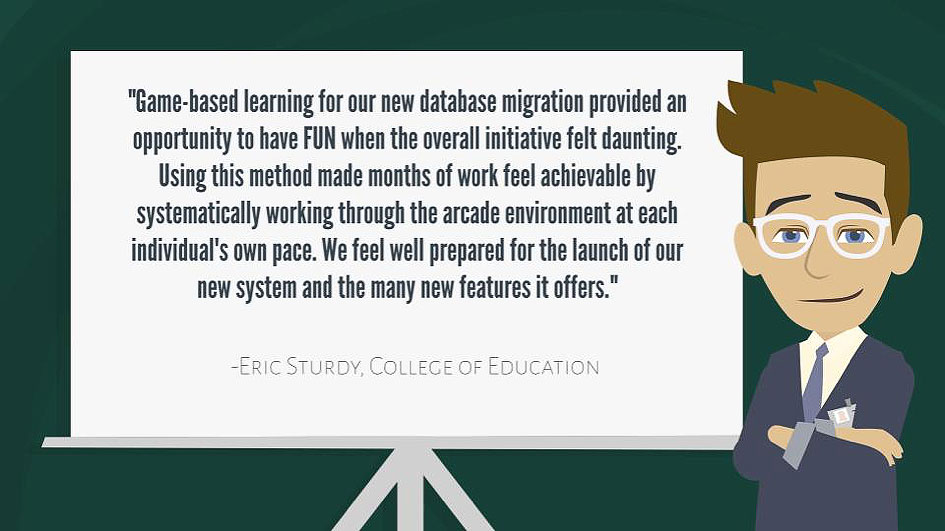
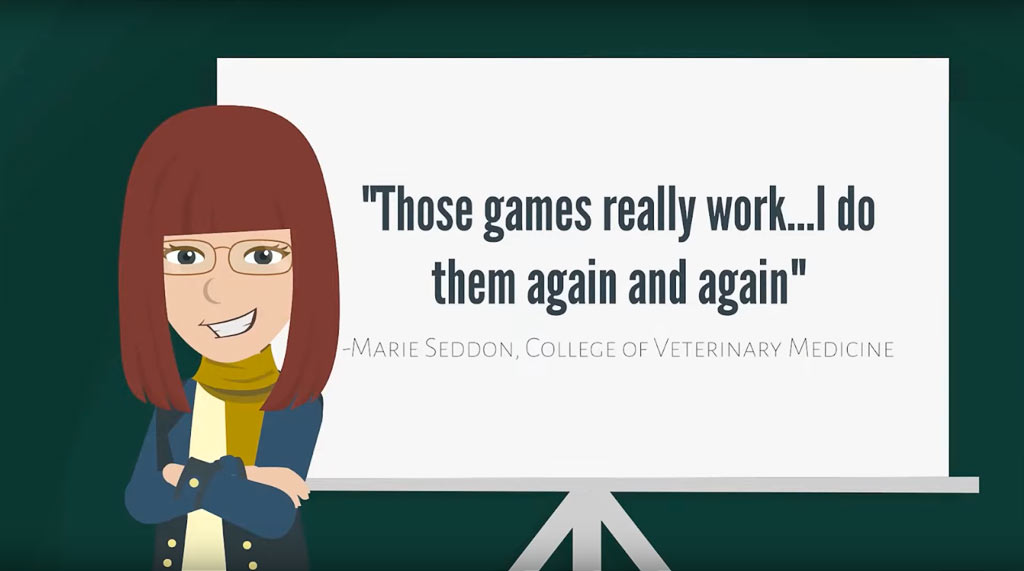
Gamified Training
Searching for your own customizable training solution? The Training Arcade® is a ready made gamified training platform

Game-Based Learning & Gamification Motivates Employees And Improves Performance

Teach Financial Literacy with Training Games

What is Microlearning? And 3 Ways Learning Games Support It
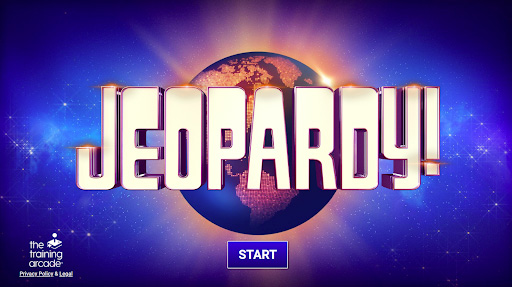
Stop Using Free (or Fake) JEOPARDY! Games for Your Training (There’s a Better Way)

How to Write Distractors in Your Training Games That Support Learning


